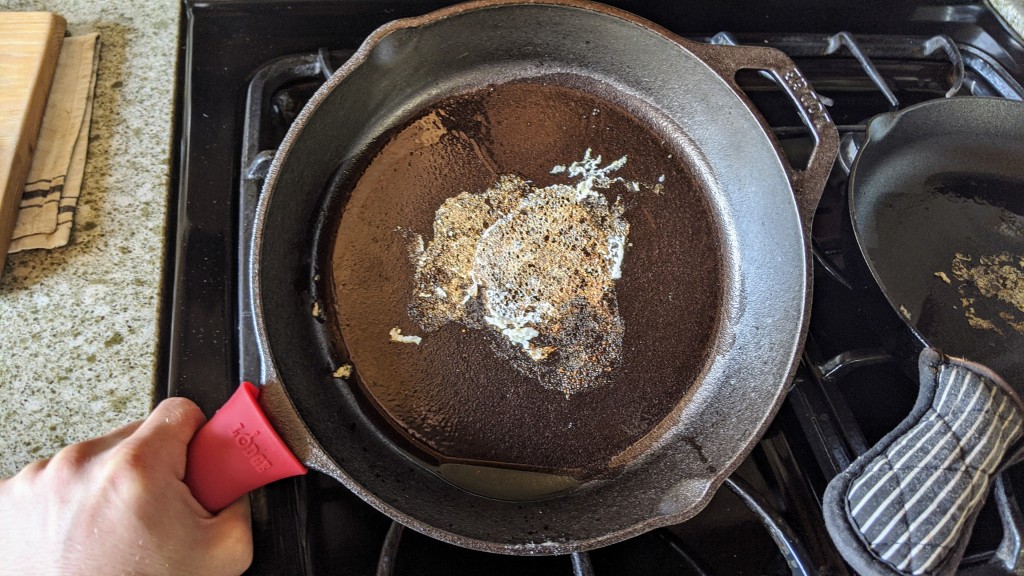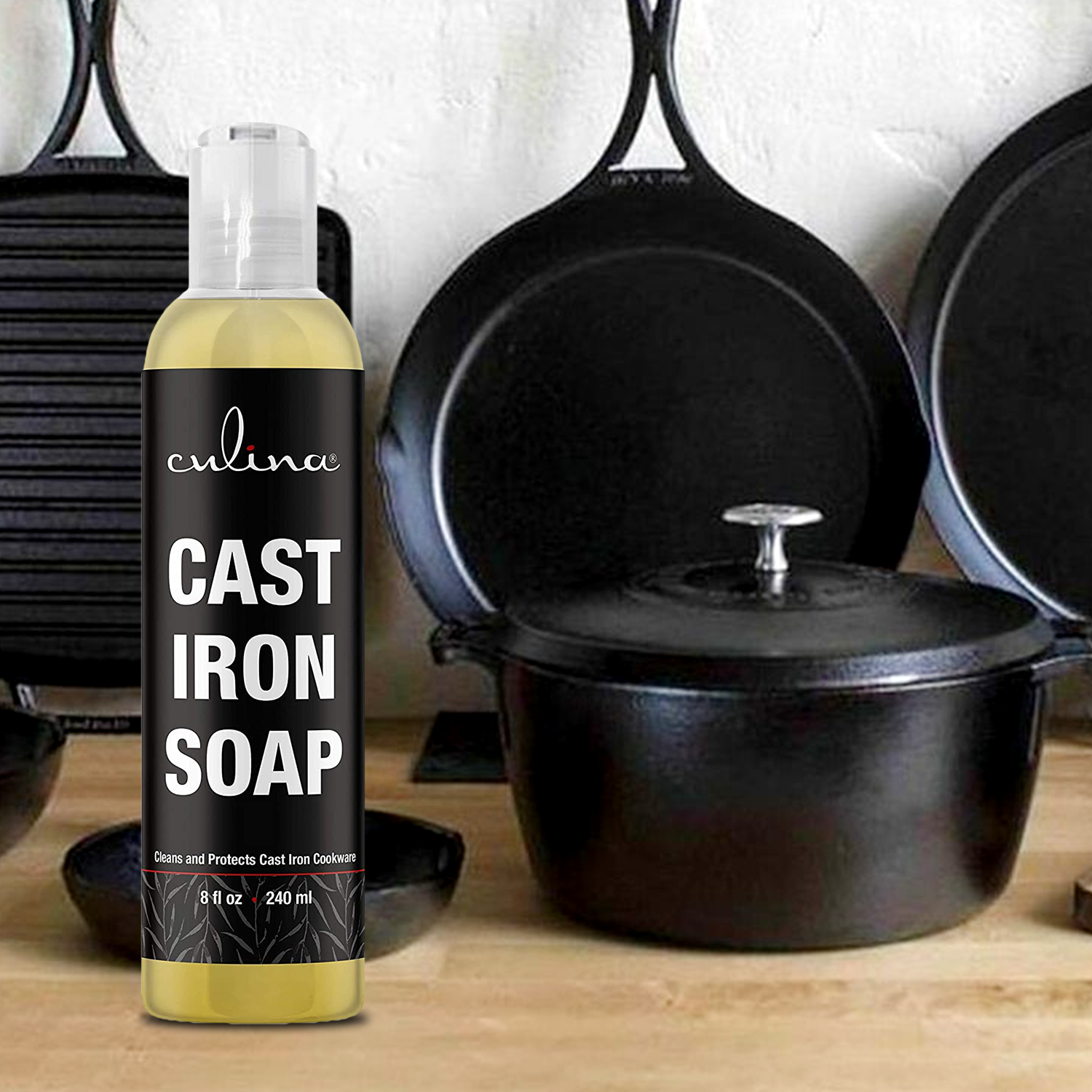As a kitchen professional, perfecting the art of cooking swordfish steaks can elevate your culinary repertoire. Knowing how to cook swordfish steaks in cast iron skillet not only enhances the flavor but also creates a beautiful sear that is visually appealing to your clients and guests.
In this guide, we will delve deep into the tips, tricks, and techniques for mastering this dish, ensuring your results are both delicious and aesthetically pleasing. Stunningly rich in flavor and offering a unique texture, swordfish is a favorite among seafood lovers. When cooked correctly, it is flaky and juicy, making it the perfect candidate for cast iron cooking.

Why Choose Cast Iron for Swordfish?
Cast iron skillets are renowned for their heat retention and even cooking. This makes them ideal for cooking high-protein foods like swordfish. The skillet heats uniformly, helping to lock in moisture and flavor.
Another benefit of cooking with cast iron is the ability to achieve the perfect sear, creating a mouth-watering crust. If you're interested in additional cast-iron techniques, check out our blog post on cooking strip steak.
Essential Ingredients
To prepare swordfish steaks in a cast iron skillet, you will need:
- 2 swordfish steaks (about 1-inch thick)
- 2 tablespoons olive oil
- 1 teaspoon salt
- 1 teaspoon freshly ground black pepper
- 1 lemon, for zest and juice
- Herbs (optional, such as thyme or rosemary)

Preparation Steps
1. Selecting the Right Swordfish
When shopping for swordfish steaks, look for firm and moist flesh. Fresh fish should have a slightly sweet scent. It's best to choose steaks that are cut from the center of the fish, as these provide the most even cooking.
2. Brining for Flavor
Consider brining your swordfish steaks before cooking. A simple brine made of water, salt, and a bit of sugar can enhance the flavor and moisture content. Allow the fish to sit in the brine for 15-30 minutes before rinsing and patting dry.
3. Seasoning Your Fish
Once your swordfish is prepared, season it generously with salt, pepper, and lemon zest. Allow it to rest at room temperature for about 15 minutes.

Cooking Steps
1. Preheating the Skillet
Begin by heating your cast iron skillet over medium-high heat. Allow it to get hot before adding oil to ensure that the fish does not stick. A properly preheated skillet helps achieve that desirable crust.
2. Searing the Swordfish
Carefully add the olive oil to the hot skillet. Once the oil shimmers, place your swordfish steaks in the skillet. Dont overcrowd the pan; cook in batches if necessary. Allow the swordfish to sear without moving it for about 3-4 minutes.
3. Flipping the Steaks
Using tongs, gently flip the swordfish steaks and cook for an additional 3-4 minutes or until the internal temperature reaches 145F. You can add lemon juice and herbs during the final cooking stage for added flavor.
4. Resting Time
After cooking, let the swordfish rest for a few minutes before serving. This helps the juices redistribute, ensuring a tender and juicy piece of fish.

Serving Suggestions
Serve your beautifully seared swordfish steaks with a side of seasonal vegetables or a light salad. For a lively touch, consider a citrus salsa or a drizzle of balsamic reduction.
For other recipes that embody the beauty of cast iron cooking, consider checking our articles on shishito peppers and cooking eggs.
Tips for Best Results
- Always make sure your skillet is well-seasoned.
- Monitor the temperature and avoid overcooking.
- Experiment with different marinades and seasonings.
Frequently Asked Questions
1. How long does swordfish take to cook?
Typically, swordfish steaks take about 6-8 minutes to cook, depending on the thickness and desired doneness.
2. Can I use other types of fish?
Yes, similar techniques can be used for other firm fish like tuna or mahi-mahi.
3. What sides pair well with swordfish?
Vegetables, grains, and salads work well with swordfish. Consider a quinoa salad for a healthy pairing.
As an Amazon Associate, I earn from qualifying purchases.






Leave a comment
This site is protected by hCaptcha and the hCaptcha Privacy Policy and Terms of Service apply.